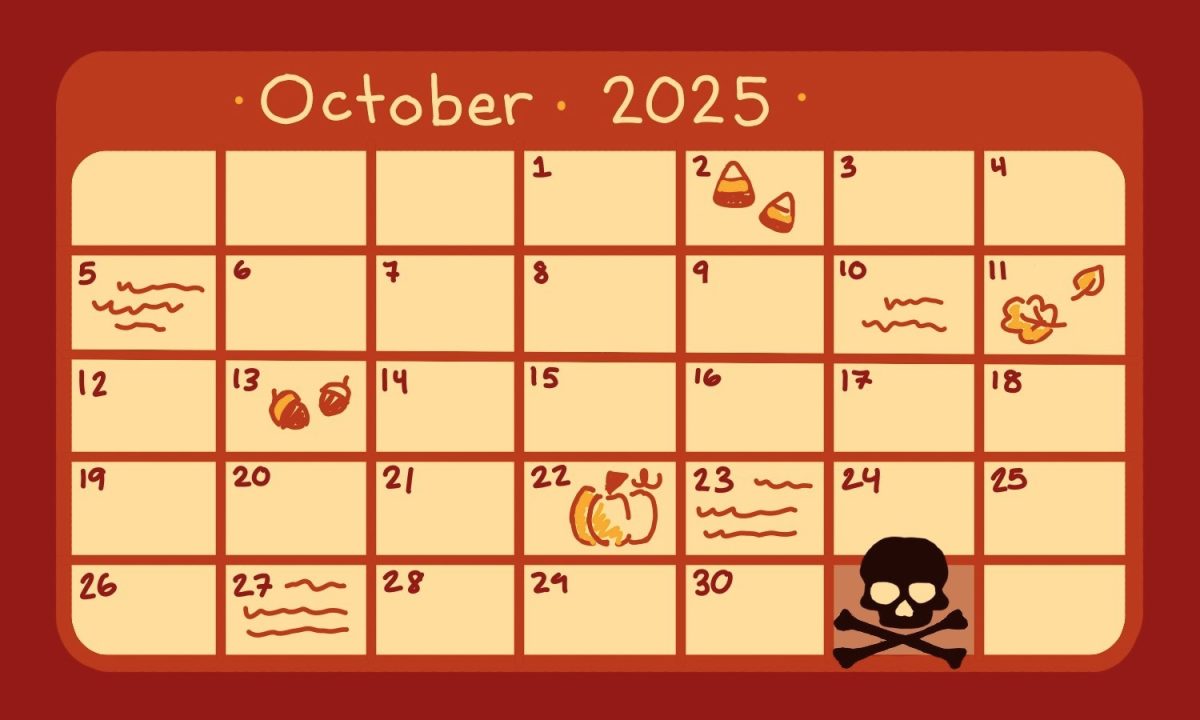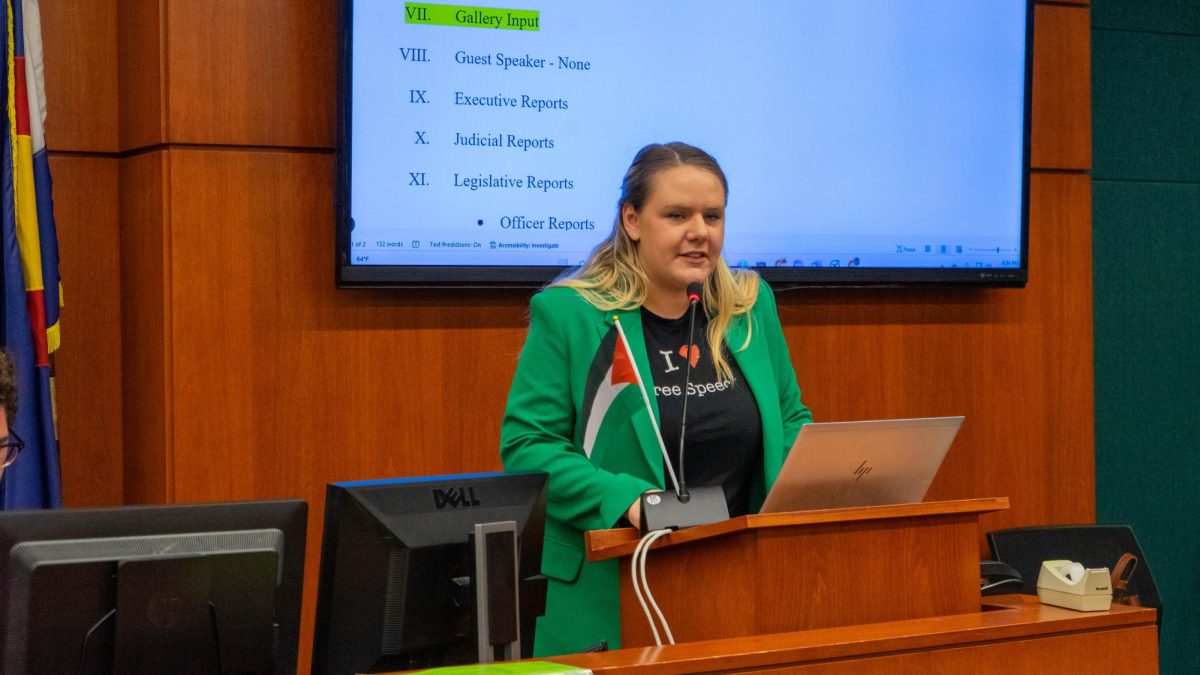Many students may be anticipating the warmer weather as February comes to a close, but as all the trees spring back to life, so do the many insects that feed on them.
Dan West, an entomologist with the Colorado State Forest Service, said one of the biggest threats statewide is the spruce beetle, a species of bark beetle indigenous to the United States. Bark beetles exist as a natural control that’s meant to “sanitize and take out weaker diseased trees,” West said.
Different species of bark beetles feed on specific types of trees, with the spruce beetle primarily infesting Engelmann spruce trees, as well as occasionally Colorado blue spruce, according to the CSFS website.
The strategy for controlling spruce beetles is by adding resilience, making certain trees more vigorous during periods of drought.” -Dan West, entomologist, Colorado State Forest Service
However, due to drought conditions, the bark beetle population has been able to build up more, West said. The insects feed on the phloem layer, which transports sugars to the roots. This means trees like Engelmann spruce and occasionally the Colorado blue spruce that get infested by the spruce beetles can no longer get carbohydrates through photosynthesis, and they die.
West said that spruce beetles have affected roughly 2 million forested acres in Colorado since 2000, out of nearly 24.5 million forested acres statewide. But helping them has been another pest, a caterpillar known as the Western spruce budworm.
The Western spruce budworm has affected primarily the southern half of Colorado, damaging the forest ecosystem by feeding on the needles of spruce trees and weakening photosynthesis, West said.
The prevalence of budworm is alarming because after the needles have been damaged, spruce beetles will often move into the already weakened trees, West said. Due to this, roughly 14,000 acres were destroyed statewide in 2019, he said.
While the situation looks bleak, West said that there are also a number of natural controls, as well as different processes to identify and contain the spread of infestations. In a forest ecosystem, natural controls would be precipitation levels and temperature regimes, he said.
“The strategy for controlling spruce beetles is by adding resilience, making certain trees more vigorous during periods of drought,” West said.
However, in local ecosystems like cities and neighborhoods, pests such as the emerald ash borer are more dangerous, West said. The emerald ash borer is an invasive species originally from Asia that targets ash trees in communities.
After an outbreak of emerald ash borer in Boulder County in 2013, a quarantine was put in place to prevent the spread. Seth Davis, an assistant professor in forest science at Colorado State University, said that the quarantine restricted the movement of ash wood out of the county.
In local ecosystems, there are also other ways to monitor for pests, including inventories and tree assessments, West said. Inventories are done in communities, essentially taking stock of what types of trees are in the ecosystem, how big they are and where they are, whereas tree assessments are a ranking of quality in individual trees.
The spread of bark beetles and other pests is also important because it has a correlation to wildfires, as well as water quality and capture in the state. There aren’t higher wildfire rates, but they have different behaviors because of bark beetles, West said.
“Fires get hotter and more intense,” West said.
He also said that the snowpack is coming down two to three weeks early due to tree decomposition from the pests, which impacts the levels of nitrogen in the water and sedimentation levels.
Noah Pasley can be reached at news@collegian.com or on Twitter @PasleyNoah.











